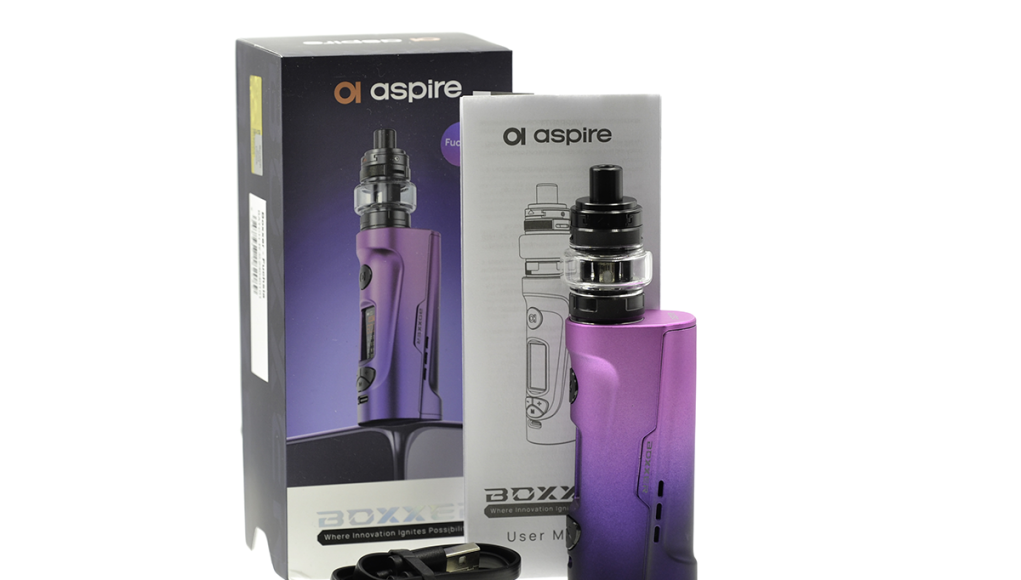
With Smokefree 2025 looming, New Zealand’s modest free vape kit rollout highlights a critical need for bold, equity-focused policies to drive substantial smoking declines
As New Zealand races toward its Smokefree 2025 goal—reducing daily smoking rates to below 5%—the government has introduced a free vape starter kit programme to support smokers looking to quit. While the initiative signals a commitment to harm reduction, its projected impact remains small relative to the scale of the challenge. With nearly 300,000 daily smokers and over 82,000 needing to quit within a year, the programme’s limited reach—just over 3,400 kits—falls far short. Sadly New Zealand is running the risk of missing its target, which is not just about overall numbers; it also emphasizes equity. That means disproportionately higher quit rates are needed among Māori and Pacific Peoples, who have higher smoking prevalence.
The government has distributed 3,430 vaping devices, along with a three-month supply of e-liquid. While vaping is more effective than some traditional quitting tools like nicotine patches or gum, success is not guaranteed, highlight researchers from ASPIRE Aotearoa Research Centre. They argue that even with modern vape technology and behavioral support, most people are expected to either relapse or fail to quit altogether. And while vaping might help some, assuming all quitters succeed solely due to vape kits is overly generous, they caution.
The bigger picture: gaps in strategy
The initiative’s limited reach highlights is considered a bigger issue: current government efforts are nowhere near what’s needed to meet the Smokefree 2025 goal. The ASPIRE researchers believe that the only strategy likely to produce rapid, wide-reaching results is denicotinisation — drastically reducing the nicotine content in cigarettes to make them non-addictive.
However, tobacco harm reduction (THR) experts have previously highlighted that an addiction to smoking is multifaceted and does not solely stem from nicotine consumption. There are multiple factors to consider, such as personality type and lifestyle. Hence the idea that an addiction to smoking will be curbed solely by removing nicotine from cigarettes may be overly simplistic.
Vape kits programmes do work
Meanwhile, a recent initiative in from Yorkshire in the UK, offering free e-cigarettes to smokers has significantly boosted quit rates, according to new findings supported by Yorkshire Cancer Research. The program saw the smoking cessation rate climb from 64% to 75% among participants using the vape kits, which were distributed through the Yorkshire Smokefree Calderdale support service.
The trial involved over 1,100 smokers, with 407 opting to use vaping—either alone or with nicotine replacement therapy. Of those, 77% had quit successfully after four weeks. Vaping alone yielded a 79% success rate, surpassing both NRT (73%) and behavioral support (71%).
Yorkshire Cancer Research praised the impact of vaping for individuals who had previously struggled to quit, noting its effectiveness particularly among those from deprived areas. Women and individuals aged 55–59 were most likely to choose vaping as their cessation method.
In fact, feedback on the scheme was overwhelmingly positive: 96% of participants would recommend vaping as a tool to quit smoking, and 82% said the vape offer encouraged them to seek help. The program’s success mirrors similar results in Dorset, where thousands transitioned to vaping within weeks. Local leaders say such initiatives are vital for reducing cancer rates and improving public health across the region.
Doing it right
Bearing this in mind, New Zealand’s free vape kit programme offers promise, but its limited scale underscores a need for more decisive action. While the UK schemes show vaping can significantly boost quit rates, the current approach in Aotearoa won’t come close to meeting the Smokefree 2025 target. Without urgent investment in wider-reaching and equity-focused strategies, the country risks falling short of its smoke-free ambitions.
